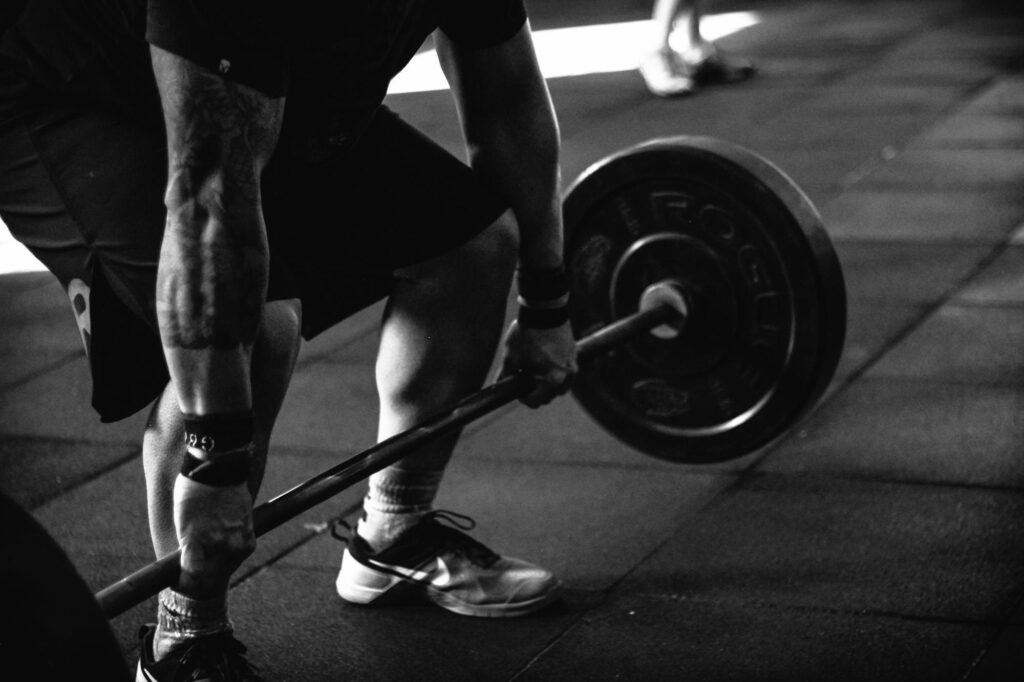Ever felt guilty for missing a workout?
Like, taking a day off somehow equates to you being weak or lazy? Don’t worry, you’re not the only one. In a society that celebrates the “no days off” culture, rest days are frequently misconstrued and even shunned. But here’s the reality bomb: rest is not a luxury—it’s a biological imperative.
Skipping rest is similar to denying your phone the charge it needs and anticipating that it will function full-time. Spoiler alert: it won’t. Let’s break down the science behind why you simply can’t make gains without rest days—both physically and mentally.
🧘♂️ Making Sense of What Rest Days Are
Active vs. Passive Rest Days
Rest days aren’t always about staying on the couch with snacks (although that’s awesome too sometimes).
- Active rest days involve light activities like walking, yoga, or swimming. These help blood circulation and muscle recovery.
- Passive rest days are the “do nothing” kind—ideal when you’re completely wiped out.
Rest Days vs. Recovery Days
While the terms are often used interchangeably, rest focuses on relaxation while recovery is about actively helping your body bounce back. Think foam rolling, massages, stretching—tools to speed up healing.
🧬 The Physiology of Recovery
Muscle Repair and Protein Synthesis
Exercises create microtears in your muscles. It’s during rest that your body sets to work repairing them stronger. The repair process is powered by protein synthesis, which surges during rest—particularly while sleeping.
Hormonal Rebalancing During Rest
Training heavily disrupts your hormone balance. Rest days reinstate the balance of cortisol (the stress hormone) and increase testosterone and growth hormone, both vital for muscle recovery and growth.
Inflammation Reduction and Tissue Repair
Rest provides your body with an opportunity to reduce systemic inflammation and start fixing connective tissues such as tendons and ligaments, which don’t heal as fast as muscle tissue.

🧠 Mental Health Benefits of Rest
- Decreased Stress and Anxiety
Recurring workouts increases cortisol. Rest gives your nervous system a chance to relax, decreasing stress and tension. - Avoiding Burnout
Ever find yourself dreading going to the gym? That’s mental burnout. Strategic rest prevents your workouts from being exhausting, not exciting. - Boosting Motivation
Taking a day off can reignite your passion. Rest days provide an opportunity to reboot mentally, and then give you more energy to annihilate your next workout.
⚠️ How Skipping Rest Can Backfire
- Increased Risk of Injury
No rest means no recovery. That translates to weakened muscles, stiff joints, and increased risks of injury. Stress fractures, tendonitis, pulled muscles—you name them. - Overtraining Syndrome
Overtraining can disrupt your sleep, kill your appetite, and make you more susceptible to colds and fatigue. It’s your body waving a red flag. - Performance Decline
Ironically, overtraining results in less progress. Your strength, endurance, and energy levels plummet. It’s like accelerating the gas pedal without fuel.
🚨 Telltale Signs Your Body Is Begging for a Rest Day
- You’re sore all the time
- Your workouts feel surprisingly difficult
- You’re cranky or on edge
- Your sleep is disrupted
- You feel weak, not powerful
📅 How Many Rest Days Do You Actually Need?
- For Beginners
2–3 rest days per week are best. Your body’s still adapting, so don’t overdo it. - For Intermediate and Advanced Athletes
1–2 rest days based on intensity. Intelligent periodization (organization) assists here. - Tuning Up to Your Goals
Want to gain mass? Lose fat? Marathon training? Your rest days must match your fitness goals and overall training load.
🌿 Active Rest Day Inspiration
- Light Yoga or Stretching
Enhances flexibility, diminishes soreness, and soothes the nervous system. - Walking or Slow Cycling
We keep you active without burning out your recovery. - Mobility Drills
Foam rolling, resistance band stretches, joint mobility exercises—your future self will appreciate it.
🥗 Nutrition on Rest Days
- Don’t Skip the Protein
Muscle repair occurs in rest, so protein is still the boss. Keep it at your normal levels. - Anti-Inflammatory Foods
Berries, fatty fish, leafy greens, and turmeric are anti-inflammatory foods. - Hydration Still Matters
You’re not sweating as much, but water is still crucial for nutrient transport and muscle repair.

💤 Rest Days and Sleep: The Power Duo
Why Rest Days Can Enhance Sleep
Less physical strain = deeper, better sleep. Quality sleep = better recovery.
Sleep’s Role in Full Recovery
Growth hormone peaks during deep sleep. That’s when the real muscle magic happens.
🏋️♂️ Rest Days in Different Fitness Programs
- Weightlifting Routines
Heavy lifters tend to use a “push/pull/legs” split with at least a day of rest between. - Cardio and Endurance Training
Rest prevents overuse injuries and enables aerobic systems to recover. - HIIT and CrossFit Programs
Owing to high intensity, 2–3 rest days a week are usually advised for maximum performance.
🧨 Destroying Myths Surrounding Rest Days
- “I’ll Lose Gains if I Rest”
Not true. Gains occur due to rest, not despite it. - “Rest Means Doing Nothing”
Also untrue. Active recovery might even be more effective than complete rest.
🗓️ Building a Balanced Weekly Schedule
- Blending Work and Rest Intelligently
Schedule your most challenging workouts on high-energy days and add lighter exercises or rest selectively. - Working Smarter, Not Harder
A well-balanced weekly schedule establishes consistency and avoids burnout. Long-term gains trump extremes.

🎯 Tuning in to Your Body: The Secret to Success
What Biofeedback Actually Is
Listen to how your body reacts—heart rate, mood, sleep, hunger. Those are metrics you don’t want to neglect.
Believing Internal Cues Over Fitness Hypes
No social media influencer understands your body more than you do. Resting isn’t weakness—it’s intelligence.
🧾 Conclusion
This is the ultimate truth: rest days aren’t pauses to progress—they’re where progress really occurs.
Imagine rest as your body updating itself after a session. Without it, you’re literally piling work on a slow system.
Avoid the guilt trips, then. Get with the stop. Your head, muscle, and gains all thank you.
❓ FAQs
1. How many rest days should I have?
Most individuals require at least 1–2 complete rest days a week, based on intensity and level of experience.
2. Can I walk on a rest day?
Of course! Gentle walking can be beneficial as it will increase circulation and decrease stiffness.
3. Will rest days contribute to weight loss?
Yes, because recovery maintains hormones in balance and avoids overeating out of exhaustion.
4. What if I don’t take rest days for months?
You are at risk of getting injured, exhausted, burned out mentally, and plateauing or regressing in your progress.
5. How can I tell if I’m overtraining?
Monitor for persistent fatigue, insomnia, irritability, below-grade performance, and lack of motivation.

